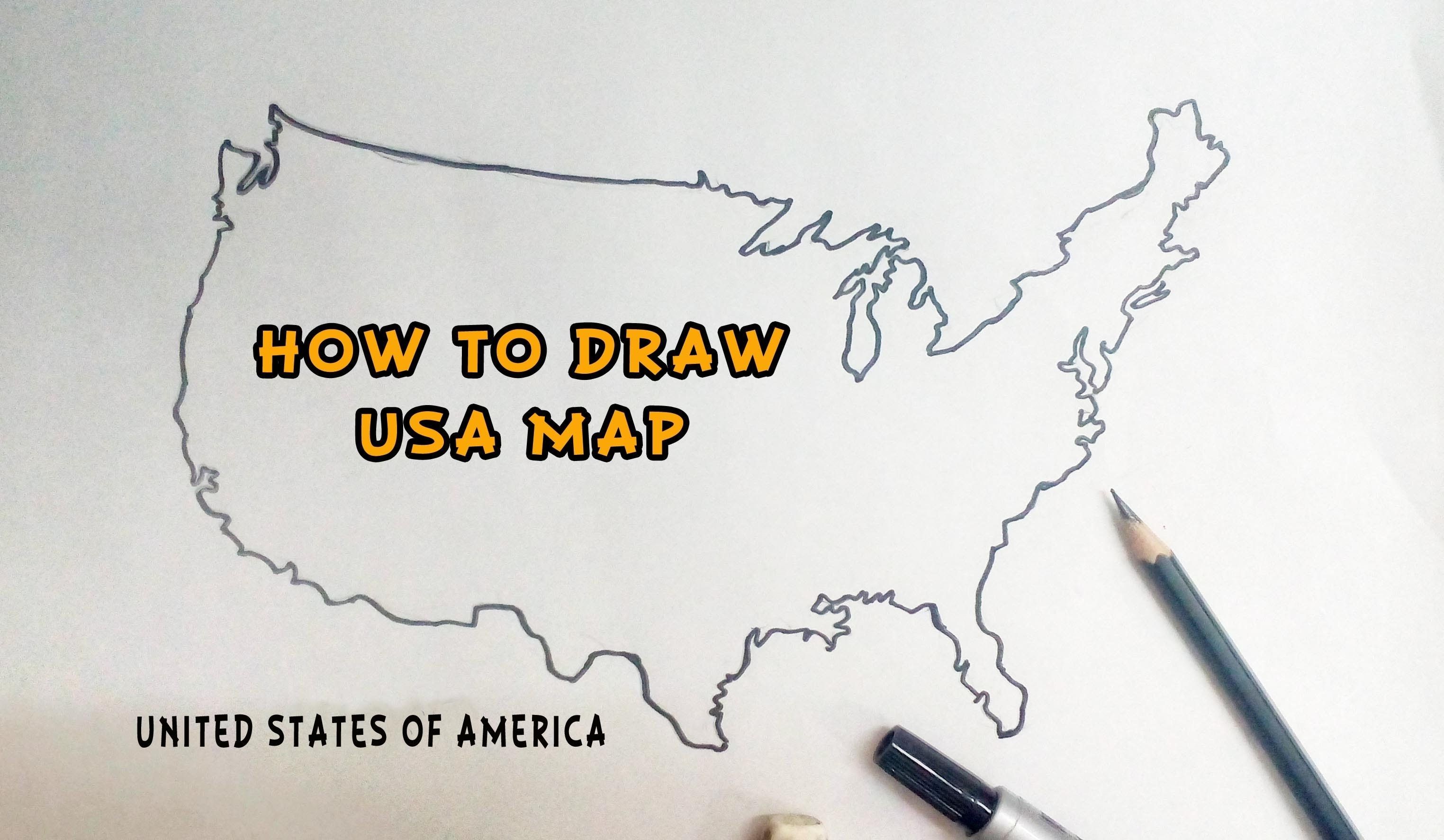How to draw perspective
Table of Contents
Table of Contents
Do you ever find yourself staring at a blank piece of paper, wondering how to make your drawing look more realistic? One key element to keep in mind is perspective. Perspective allows artists to create the illusion of depth and dimension on a two-dimensional surface.
If you struggle with drawing perspective, you’re not alone. Many artists face challenges when it comes to conveying spatial relationships convincingly in their artwork.
The good news is that learning how to draw perspective isn’t as difficult as it may seem. By understanding a few basic principles, you can master this valuable skill and take your artwork to the next level.
In this article, we’ll explore the basics of how to draw perspective, including one-point perspective, two-point perspective, and three-point perspective. We’ll also discuss useful techniques for achieving depth in your drawings, such as overlapping, size variation, and atmospheric perspective.
Understanding One-Point Perspective
One-point perspective is the simplest form of perspective drawing. It involves creating the illusion of depth in a drawing by making all parallel lines converge on a single point on the horizon line.
One way to practice one-point perspective is to draw a rectangular prism or cube. Start by drawing a horizontal line for the horizon, then draw a vertical line for the edge of the cube closest to you. Draw two diagonal lines from the top and bottom of the vertical line to the vanishing point on the horizon, then connect the diagonal lines with horizontal lines to create the top and bottom of the cube.
 By mastering one-point perspective, you can create convincing drawings of simple shapes and give them a sense of depth and dimensionality.
By mastering one-point perspective, you can create convincing drawings of simple shapes and give them a sense of depth and dimensionality.
Trying Two-Point Perspective
Two-point perspective is a bit more complex than one-point perspective, but it’s worth the effort to learn. This technique involves creating the illusion of depth by having two sets of parallel lines converge on two points on the horizon line.
One way to practice two-point perspective is to draw a box or building. Start by drawing a horizontal line for the horizon, then draw a vertical line for one corner of the box. Draw two diagonal lines from that corner to the vanishing points on the horizon, then draw horizontal lines to connect the diagonal lines and create the top and sides of the box.
 Learning two-point perspective can help you create more complex and dynamic drawings with convincing depth and space.
Learning two-point perspective can help you create more complex and dynamic drawings with convincing depth and space.
Exploring Three-Point Perspective
Three-point perspective is the most complex form of perspective drawing, and it’s often used in drawings and paintings of cityscapes, landscapes, and interiors. In this approach, a third vanishing point is added to create the illusion of objects hovering above or below the viewer.
Practicing three-point perspective can be challenging, but it can help you create drawings with an impressive and realistic sense of depth and space.
Other Techniques for Achieving Depth
While mastering perspective is an important part of creating realistic drawings, there are other techniques you can use to enhance the illusion of depth and space in your artwork. These include:
- Size variation: Objects that are closer to the viewer appear larger than objects that are farther away. Using different sizes of objects in your drawing can help create a sense of depth and distance.
- Overlapping: When one object appears to overlap another, it creates a sense of depth and space.
- Atmospheric perspective: This technique involves using color and value to suggest depth and distance. Objects that are farther away appear lighter in color and less detailed than objects that are closer.
Question and Answer Section
Q: Why is perspective important in drawing?
A: Perspective is important in drawing because it allows artists to create the illusion of three-dimensional space on a two-dimensional surface. Without perspective, drawings can appear flat and unconvincing.
Q: What is one-point perspective?
A: One-point perspective is a technique for creating the illusion of depth in a drawing using a single vanishing point on the horizon line.
Q: What is two-point perspective?
A: Two-point perspective is a technique for creating the illusion of depth in a drawing using two vanishing points on the horizon line.
Q: What is three-point perspective?
A: Three-point perspective is a technique for creating the illusion of depth in a drawing using three vanishing points on the horizon line. It’s often used in drawings and paintings of cityscapes, landscapes, and interiors.
Conclusion of How to Draw Perspective
Learning how to draw perspective is an essential skill for any artist who wants to create convincing and realistic drawings. By understanding the basics of one-point, two-point, and three-point perspective, as well as other techniques for achieving depth, you can take your artwork to the next level and impress your viewers with your skill and technique.
Gallery
How To Draw Perspective! - YouTube

Photo Credit by: bing.com / perspective drawing draw sketch principles point illustrator three
How To Draw Perspective: For Makers | Perspective Drawing Architecture

Photo Credit by: bing.com / perspective draw drawing point makers step drawings instructables modelling study want 3d sketch sketches concept different choose board lessons architecture
Perspective Drawing - DIY

Photo Credit by: bing.com / perspective drawing diy favorite
Linear Perspective Drawing Lesson Series [6 Of 6] – One Point
![Linear Perspective Drawing Lesson Series [6 of 6] – One Point Linear Perspective Drawing Lesson Series [6 of 6] – One Point](https://mydrawingtutorials.com/wp-content/uploads/2013/07/Drawing-a-room-in-one-point-perspective.jpg)
Photo Credit by: bing.com / drawing linear perspektif perspektive mydrawingtutorials zeichnen pengertian tipe berbagai vanishing tutorials sketches raum perspektiven fluchtpunktperspektive ruangan artimus refer instructs professionell
Two Point Perspective - Annotated Perspective Drawings

Photo Credit by: bing.com / perspective point two drawings





